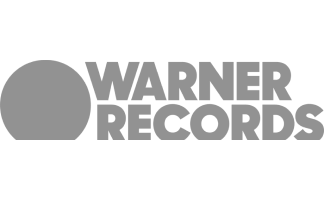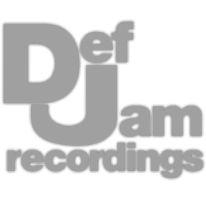Professional Analog Mastering.
Professional Analog Mastering.










When doubling vocals, you’ll need to either record them, or emulate them by modulating the amplitude, timing, and pitch of the lead vocal performance. When doubling by recording, first ensure you have a suitable lead to stack vocals on, then record, then edit to realign the timing, and lastly process.
When recording doubles, first be sure that you have a suitable lead to stack more vocals on top of - then record 2 - 4 doubles and try to make them as similar to the lead as possible. If possible, have the vocalist hold back on sibilance and transients.
More sibilance than what’s needed will sound harsh, and transients that are off time will make the doubles sound out of sync with the lead. On a separate note, let’s pan these doubles hard left and right and bring down their level via the fader.
Let’s take a listen to doubles being added.
Once we have our doubles recorded it’s time to edit them and align their timing to the lead where needed. I like to go through the tracks with a cutting tool to isolate any and all lines of the vocal, then go back and realign the timing.
For there I’ll add fades and crossfades where needed to avoid any clicks from a cut waveform, and possibly find and clip gain sibilance.
Let’s take a listen to the doubles after they’ve been edited.
As we start processing our vocals, it’s important to first use subtractive processing or processing that reduces or attenuates problems with the signal. For example, I’ll insert an EQ and attenuate the lows with a high-pass filter up to right before the fundamental - then de-ess to lower sibilance.
You may also want to reduce some high frequencies in your doubles, maybe around 5-9kHz to attenuate transients and sibilance, and possibly, even attenuate above the fundamental with your low pass depending on how prominent you want these doubles to be.
Let’s listen to these changes and notice how the doubles sound more balanced.
If you want organic vocal doubles but maybe the vocalist isn’t available or something like that, you can rework some of the scratch lead parts into a double. I find that when I need to do this I’ll use some of the vocal takes from the lead vocal recording session.
Then I’ll edit them where needed, and realign their timing as we did for the doubles in chapter 2. Although this isn’t ideal, it’ll work and sound almost as good, so let’s take a listen to this method being used.
If you’d prefer not to record doubles or you want a less natural sound, you can use a vocal doubler to emulate it. Izotope makes a good free vocal double that duplicates the signal and then introduces both timing and amplitude modulation to simulate the differences between a lead and double.
Ideally, you can use this plugin on your organic doubles to make them sound even more impressive - so let’s take a listen to that.
Again, plugins can be used to emulate vocal double - even stock plugins will be effective for this purpose. So long as we introduce timing and amplitude modulation as we did in the last chapter, we should be able to emulate a vocal double, albeit with a less natural sound.
With that said, I’ll use a modulation plugin to try and create some doubles, and use the effect on my organic doubles to see if it has a similar effect to our last chapter. Let’s take a listen.
Pitch shifters are sometimes used to make harmonies, but, we can use them to make doubles as well. Although a double that’s one octave down is technically a harmony, let’s use a pitch shifter to create this effect, and then use modulation like in the last chapter.
To create this double I’ll first have to duplicate my lead and then add the processing to the duplicate, so let’s do this and take a listen to what a duplicated, pitch-shifted double sounds like.
Let’s go back to our organic vocal doubles from chapters 1, 2, and 3, and add some more processing - in particular compression. When compressing vocal doubles, know that you can use significant amounts of compression without it becoming too obvious or unpleasantly overly compressed sounding.
When it comes to doubles, we actually want them to have very little dynamic range so that they sound more cohesive and locked in with the lead. Let’s take a listen to these doubles being compressed.
Similar to compression from the last chapter, reverb can be used to help the doubles blend in. We can use more significant reverb and focus the reflections on the mids while reducing the pre-delay - these settings will be really effective and blend the doubles with the lead and instrumental.
More modulation will also help for blending purposes, and so will darker reflections. Let’s take listen.
Like reverb, delay can be used to make the lead and doubles more cohesive - I’ll use a short delay, around 200ms or less. Again, similar to reverb, this is best if we isolate the delay tapes to the mid frequencies and include modulation to various parameters.
Let’s introduce delay to our doubles and notice how they become more impressive but also harder to differentiate from the lead.
Last up let's send both the doubles and the lead to a bus, on which will add 3 things - equalization, de-essing, and compression. These 3 processors will help to make the doubles and lead more cohesive, especially the dynamics processing via the de-esser and compressor.
By affecting the dynamics of the lead and doubles collectively, we make them sound as if they’re from the same performance, further blending the 2. Let’s take a listen.